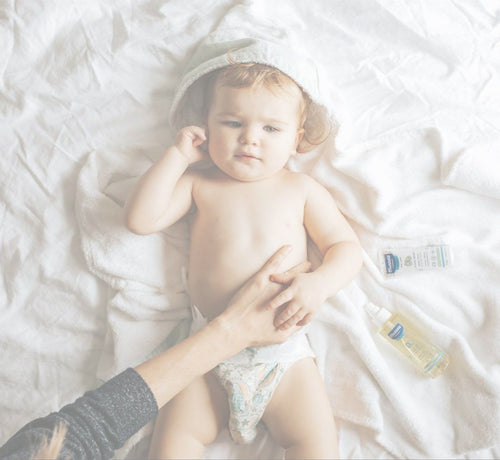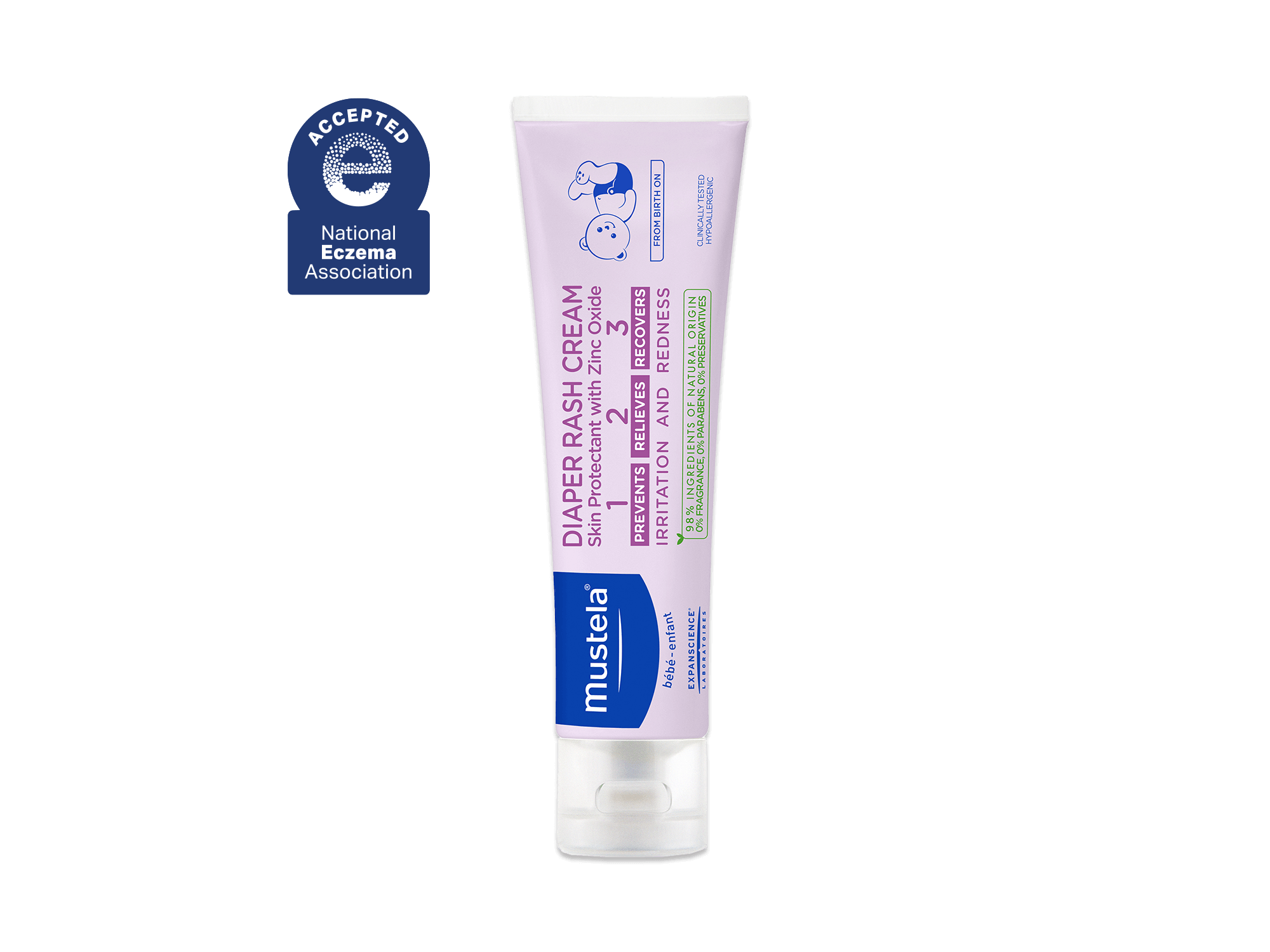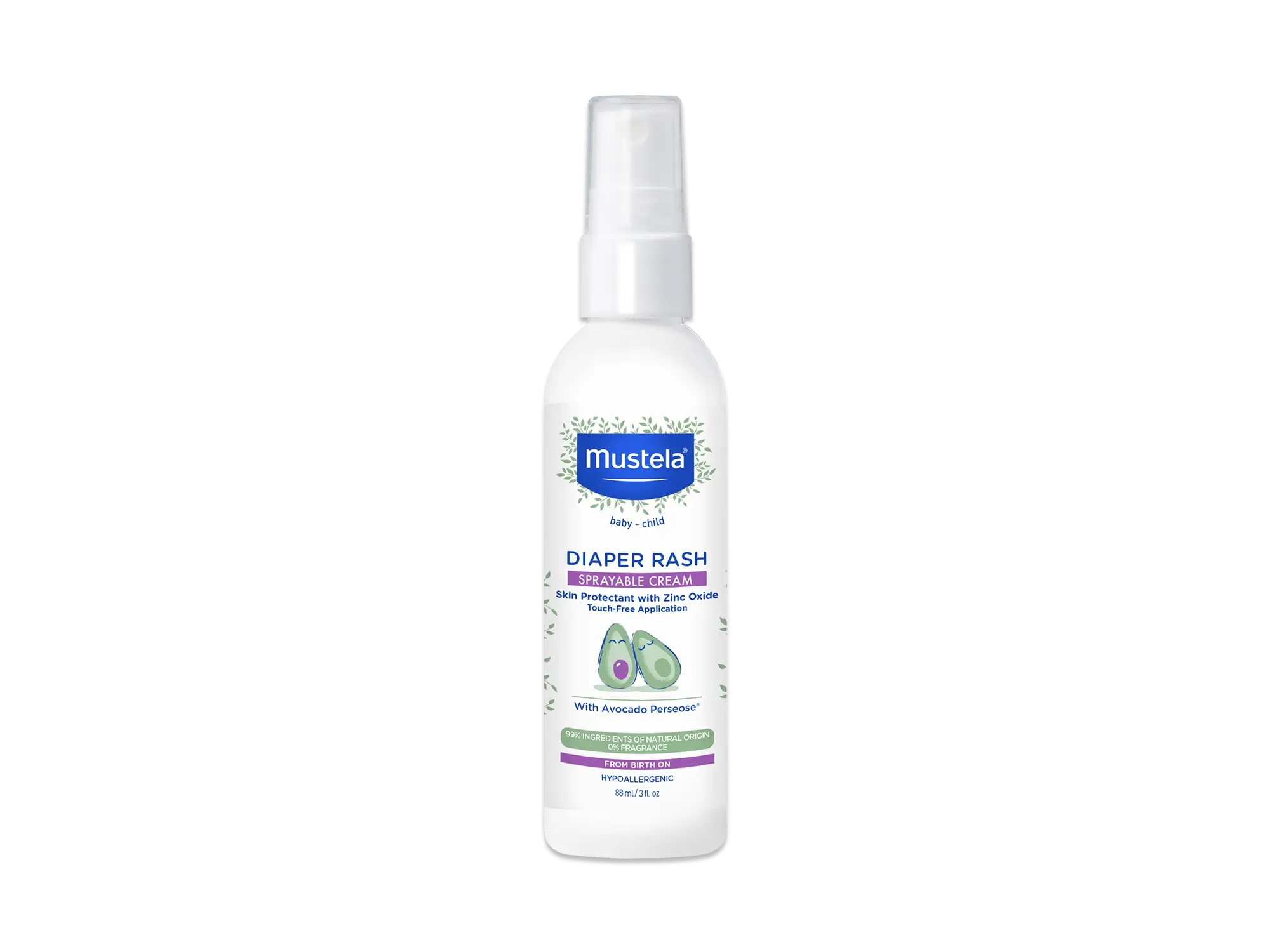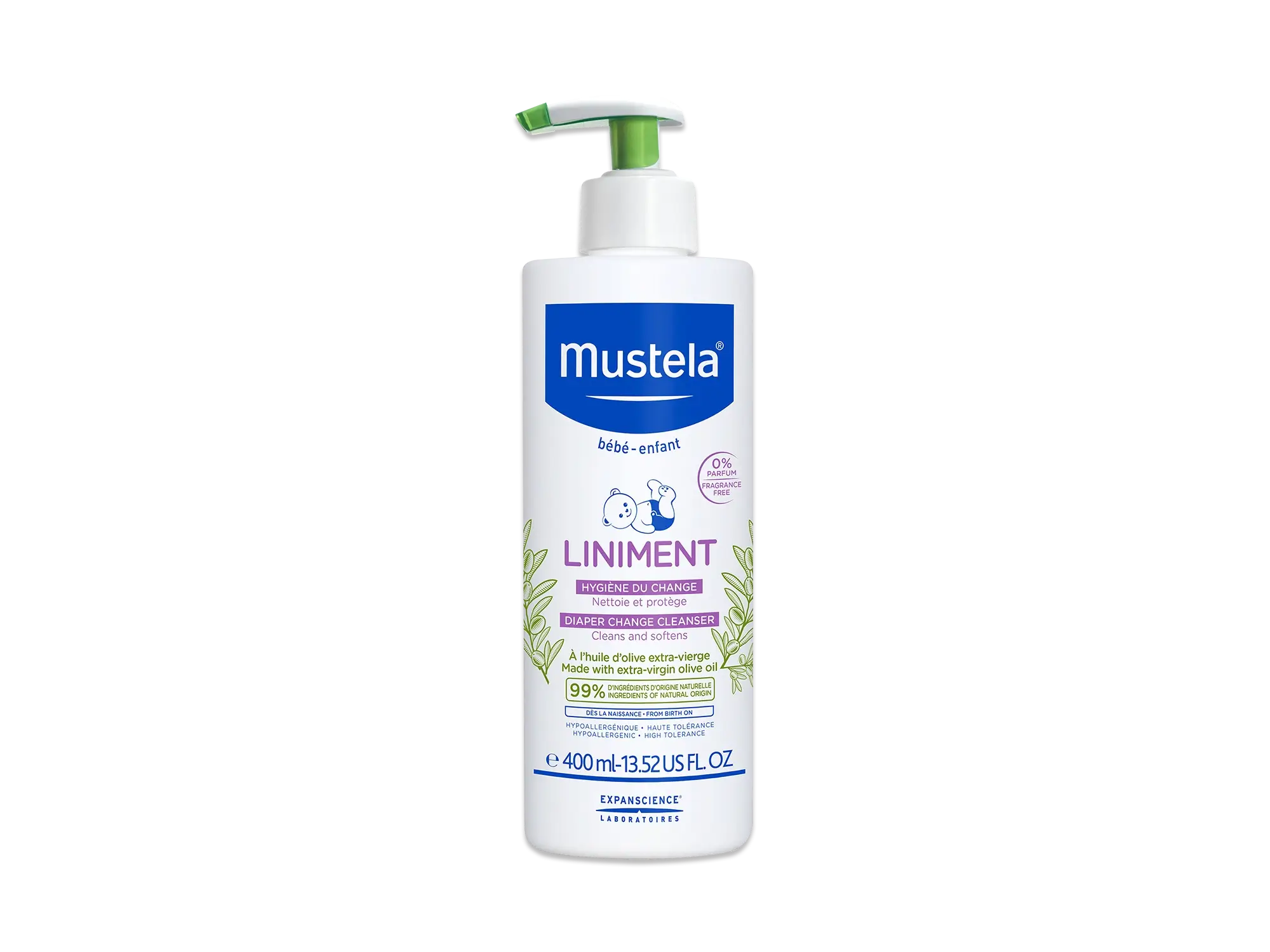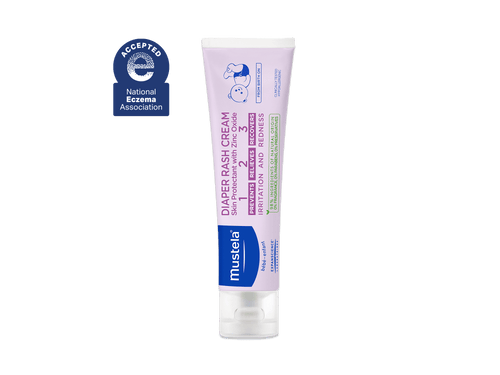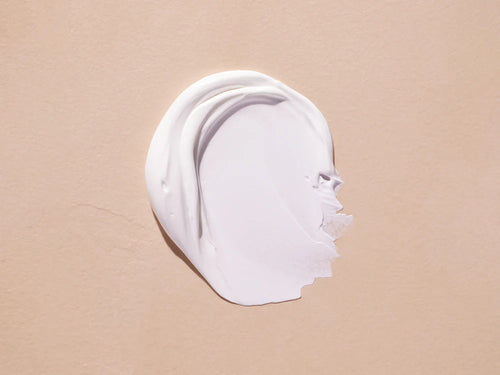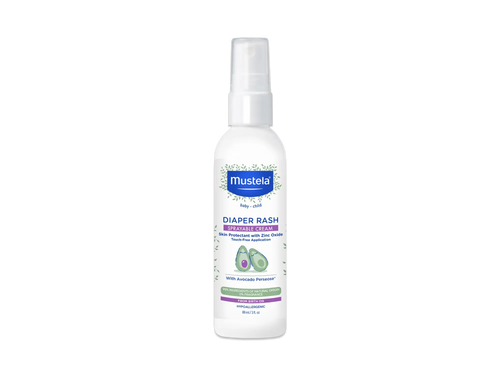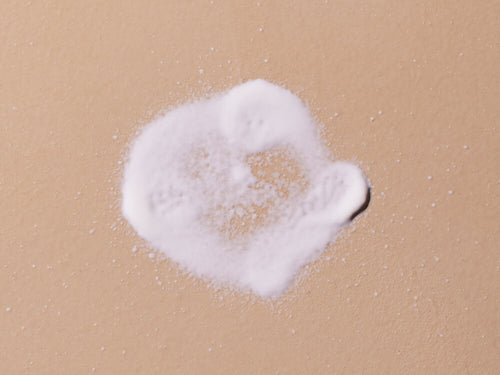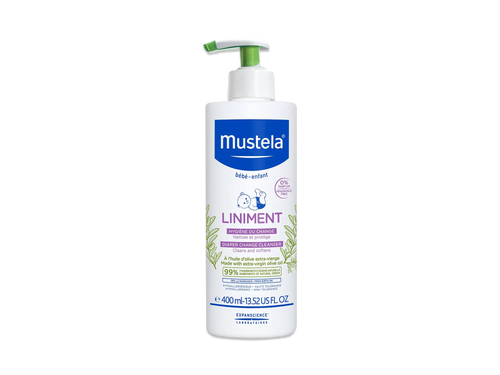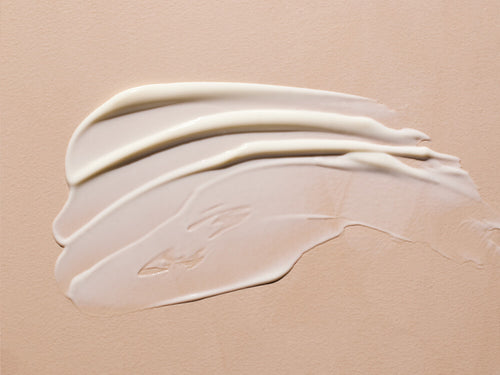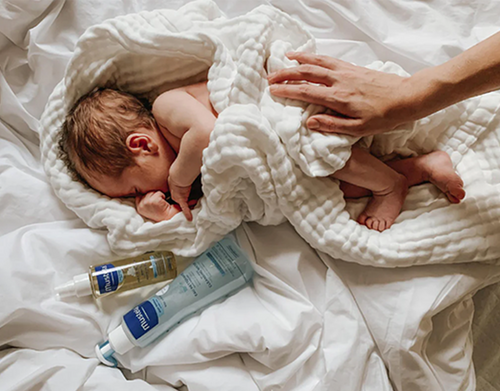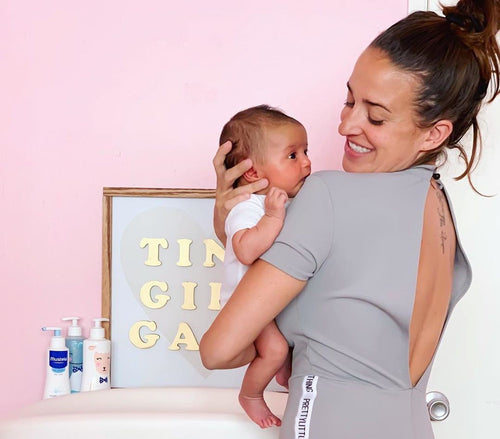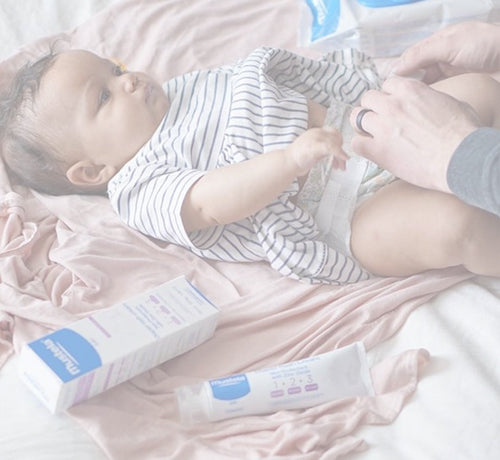With a new baby in your home, you’re constantly learning about babies, especially your little one in particular. And, like it or not, one of the things you’ll be observing and pondering about is baby poop.
Your baby’s dirty diapers can tell you something about their health, but you have to know what you’re looking at since baby poop is different from kid or adult stools and changes as your little one grows.
In this article, we want to help you decipher the doodie. We’ll go over how your baby’s stools change over time, how often they should poop as well as what it can look like, and when to call your pediatrician.
Finally, we’ll give you some tips for that task you will do thousands of times: changing your baby’s dirty diaper.
Baby Poop Over Time

The first thing to know about baby poop is that your tiny newborn’s stools are not the same as a one-year-old’s stools. They change as your baby grows and as their diet changes.
Your baby’s first poop has a special name: meconium. This stool is thick and black or dark green in color. The consistency of your baby’s poop will change into a softer, more liquid texture as they begin to breastfeed or drink formula. It may even seem runny.
The color will change as well. If you are breastfeeding your baby, their stools will look like a mixture of green, yellow, and brown. If your baby is drinking formula, the color of their stools could be a bit lighter.
When you start to introduce solid food, your baby’s poops will change once again, becoming firmer.
Baby Poop Frequency
One of the things you’ll probably be checking is how often your baby has a bowel movement. It’s good to keep tabs on this, but the frequency of baby bowel movements can vary, so you don’t have to be overly concerned.
Newborns may poop a couple of times a day, every time they feed, or up to 10 times a day! And if that sounds like a lot of dirty diapers to change, it is.
The good news is that as your baby grows, the frequency of their bowel movements might decrease, meaning they may not necessarily dirty a diaper every day.
Clear as mud? Here’s the bottom line on when to be concerned. Call your pediatrician if:
- Your baby’s stools are hard
- Your little one hasn’t had a bowel movement in four days
- Your parental intuition tells you that something is up
Baby Poop Appearance

All of that said, let’s get straight to the appearance of your baby’s stools. You’ll be seeing a lot of their poop and will become well-acquainted with its texture and color.
We’ve already shared a bit about meconium and how your baby’s stool changes over the weeks and months. But, meconium aside, let’s talk more about texture and consistency as well as the color of your baby’s poop.
Texture And Consistency
After meconium is passed, your infant’s poops will be soft, liquid, and even a bit runny. Keep in mind that a baby’s stool is much softer than an older child’s stool.
For a baby who is still breastfeeding or formula-feeding, the texture and consistency of their poop will be soft, runny, pasty, seedy, or (sorry for the comparison) like cottage cheese curds.
Note: Even among babies of the same age, a formula-fed baby may have slightly firmer poops than a breastfed little one.
Color
What about the color of your baby’s poop after the dark meconium? Let’s take a look at the rainbow of possibilities.
Yellow
Your baby’s poop can be various shades of yellow, from yellow-green to mustard yellow or a more tan or brownish-yellow. There is no need for concern.
Yellow-green poop may appear as your newborn passes meconium and begins breastfeeding. And mustard yellow (or tan for babies who drink formula) is the business-as-usual color for infant poops.
Green
Green can also be a normal color for baby poop and is typically no cause for alarm! It could be the result of the mother’s diet or, once your baby is trying solid foods, green poop could be caused by green food like gelatin or certain vegetables.
If your baby’s stool looks dark green, make sure it’s not black. If it is, get in touch with your pediatrician.
White Or Gray
White or gray poop is worth a call to the pediatrician’s office. This color stool may be caused by medicine or milk, but it also could be a sign of a liver problem.
Red
No one wants to see red poop, but before you alert the authorities, keep in mind that it could be caused by medication or red food that your baby is eating.
However, if you think the redness looks more like blood, call your pediatrician.
When To Call The Pediatrician

In addition to the baby poop warning signs above, here are a few more indications that you may need to reach out for advice.
Call your pediatrician if you notice:
- Your baby is vomiting
- Hard or dry poop
- Poop with mucus
- Watery poop
- Suddenly more or less frequent stools
No one likes looking at poop, but remember that when you call the pediatrician, they’ll want details! That’s why it’s important to keep track of the frequency, color, and texture of your infant’s poop as well as the quantity.
Caring For Your Baby’s Bottom
If you’re not tired of talking about poop yet, stick around, because we’ve got a few tips for changing all of those dirty diapers and caring for your baby’s delicate skin with natural, non-irritating products.
Wipe And Clean

It’s important to get your baby’s bottom squeaky clean when you change a poopy diaper. Letting them sit in a dirty diaper too long or leaving them with a dirty bottom can set them up for skin irritation and diaper rash.
This is why wiping and cleaning their skin thoroughly is so important!
Gentle Wipes
Clean their sweet skin with a gentle wipe, like Mustela’s Cleansing Wipes. These vegan wipes are made for babies with normal skin but are safe enough for even the most sensitive newborn skin.
Take a look at our entire collection of wipes. No matter what skin type your baby has, we’ve got you covered!
Micellar Water
Another way to keep your baby’s diaper area clean is by using Mustela Organic Micellar Water with Olive Oil and Aloe. This no-rinse-needed micellar water is Environmental Working Group (EWG) Verified, fragrance-free, and designed to gently clean your baby’s face, body, or diaper area.
Key ingredients in this product include organic aloe vera and organic olive oil, which is sourced from family-owned olive groves in the South of France.
Apply Cream
When your baby’s bottom is clean as a whistle, finish the diaper change with a cream to help soothe and protect their skin.
Our Diaper Rash Cream 1 2 3 is composed of 98% ingredients of natural origin per ISO 16128 standard including sunflower oil distillate to repair the skin barrier and avocado perseose to help protect the skin. And it’s free of questionable ingredients like parabens, phthalates, and phenoxyethanol.
Alternatively, opt for an EWG Verified diaper cream, like Mustela Diaper Cream with Olive Oil and Aloe. This talc-free formula is loaded with naturally derived ingredients including aloe vera, sunflower oil, and olive oil.
You can count on it to be good not only for your baby’s skin but for the earth, too!
This diaper cream is designed to be environmentally conscious inside and out! The packaging is made from sustainably sourced sugar cane, and we’ve gotten rid of secondary cartons.
We also recommend our Liniment, which contains 99% ingredients of natural origin per ISO 16128 standard and is enriched with skin-soothing extra virgin olive oil, to moisturize and protect your baby’s diaper area.
Reading The Signs Of Baby Poop

Checking out your baby’s stool is just one of those things you have to do as a parent. But we also know that you’ll do anything to keep your little one safe and healthy, so poop is no problem!
Keep in mind that your baby’s bowel movements will change as they grow and make the transition from breastmilk or formula to solid food.
With the information in this article, you now know what to expect from your baby’s poops as far as frequency, texture, color, and consistency.
Clean their tiny bottom on the reg with gentle Cleansing Wipes, and apply Diaper Rash Cream 1 2 3 or Diaper Cream with Olive Oil and Aloe to keep your little one’s skin healthy and soft as, well, a baby’s bottom!


